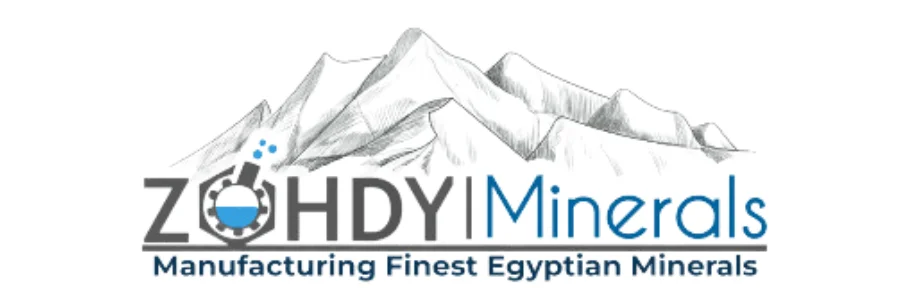Low iron silica sand is a type of silica sand that contains very low levels
of Iron and other Impurities.
It is Highly Sought After for Use in the Manufacturing
Of Solar Panels, As The Presence of Impurities Can Reduce the Efficiency and output of the panels.
Low Iron Silica Sand for Solar Panels Manufacturing



Low iron silica sand is used in the production of both monocrystalline and polycrystalline solar panels. In monocrystalline panels,
the sand is used to form the single crystal of silicon that makes up the solar cell. In polycrystalline panels,
the sand is used to form the individual silicon wafers that are then assembled into the panel.
The low iron content of the silica sand is important because iron can absorb light and reduce the efficiency of the solar panel.
Additionally, iron can react with other materials in the panel, causing degradation and reducing the lifespan of the panel.
To produce low iron silica sand, the sand is typically washed and treated with acid to remove impurities.
The resulting sand is then tested to ensure that it meets the strict purity requirements for use in solar panel manufacturing.
Overall, low iron silica sand is a crucial component in the production of high-quality solar panels,
helping to improve their efficiency, output, and lifespan.
About The Use of Low iron Silica Sand in
The Manufacturing of Solar panels



1. Importance of Purity Low iron Silica Sand
The purity of the silica sand used in solar panel production is critical to the efficiency and longevity of the panel. Even small amounts of impurities,
such as iron, can significantly reduce the performance of the panel,
particularly in terms of its ability to convert sunlight into electricity.
2. Production process of Low iron Silica Sand
The production of low iron silica sand typically involves several steps, including washing, scrubbing, and acid leaching to remove impurities.
The Resulting sand is then dried and screened to ensure that it meets the required specifications for use in solar panel manufacturing.
3. Quality Control of Low iron silica sand
Quality control is critical in the production of low iron silica sand for solar panels.
Samples of the sand are regularly tested to ensure that they meet the strict purity requirements,
and any batches that fall below the required standards are rejected.
4. Applications Low iron Silica
Low iron silica sand is used in both monocrystalline and polycrystalline solar panels.
In monocrystalline panels, the sand is used to produce the single crystal of silicon that makes up the solar cell.
In polycrystalline panels, the sand is used to produce the individual silicon wafers that are then assembled into the panel.
5. Other Uses Low iron silica Sand
Low iron silica sand is also used in other applications where purity is important, such as in the production of optical glass,
semiconductor chips, and other high-tech products.
Overall, low iron silica sand is a critical component in the production of high-quality solar panels, helping to improve their efficiency, output,
and lifespan. Its importance to the solar industry is likely to continue to grow as demand for renewable energy sources increases.
What are the Other Impurities That Can Reduce
The Efficiency of Solar Panels?
In addition to iron , There are Several other impurities that can reduce the Efficiency of Solar Panels.



1. Boron
Boron is a trace element that can be present in the silicon used to make solar cells.
but When boron combines with oxygen, it can form an impurity that reduces the efficiency of the solar cell.
2. Phosphorus
Phosphorus is another trace element that can be present in the silicon used to make solar cells ;
When combined with silicon, it creates a p-type semiconductor layer that is critical to the functioning of the solar cell.
However, if too much phosphorus is present, it can create defects that reduce the efficiency of the solar cell.
3. Aluminum
Aluminum is a common impurity in silicon that can reduce the efficiency of the solar cell by creating recombination
centers that trap electrons and holes, reducing their ability to flow freely and generate electricity.
4. Copper
Copper is another common impurity in silicon that can reduce the efficiency of the solar cell.
When copper combines with oxygen, it can create a defect that reduces the ability of the solar cell to convert sunlight into electricity.
5. Nickel
Nickel is an impurity that can cause defects in the silicon crystal structure, reducing the efficiency of the solar cell.
To minimize the impact of these impurities, the silicon used in solar cell production is typically subjected to a range of purification processes,
Such as zone refining, chemical vapor deposition , and other techniques designed to reduce impurity levels and improve the performance of the solar cell.
To order send us






